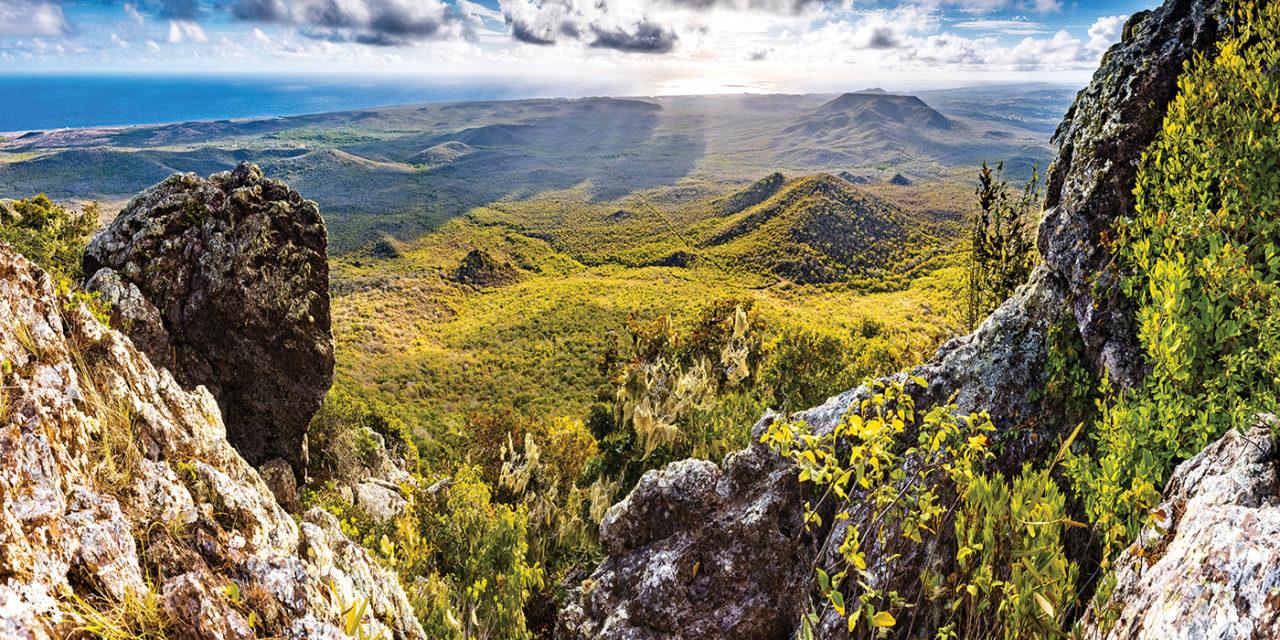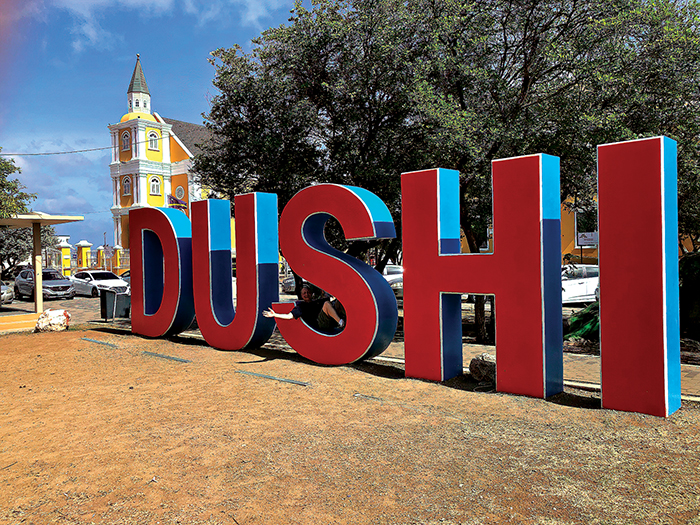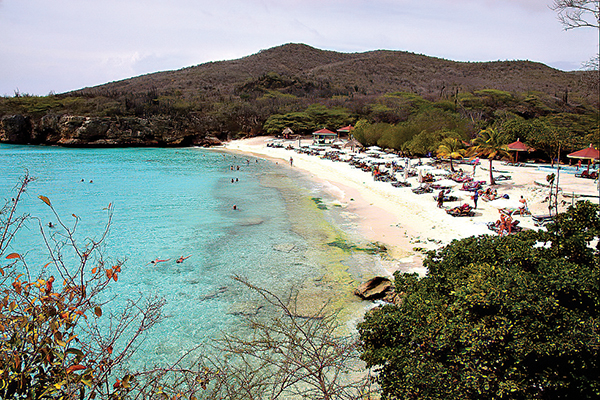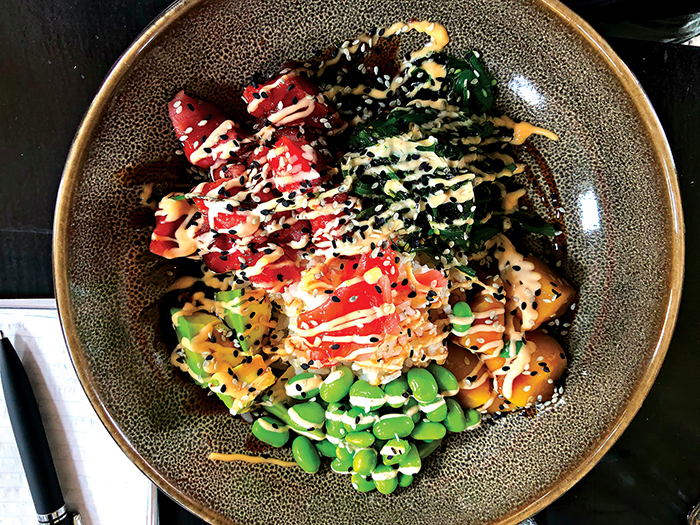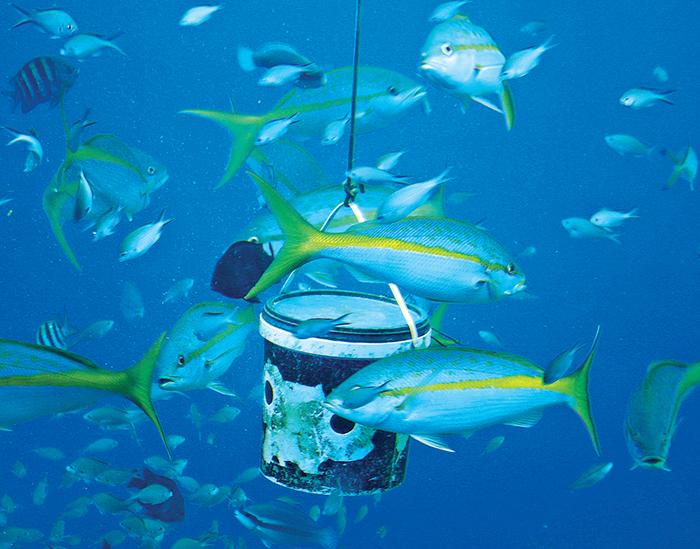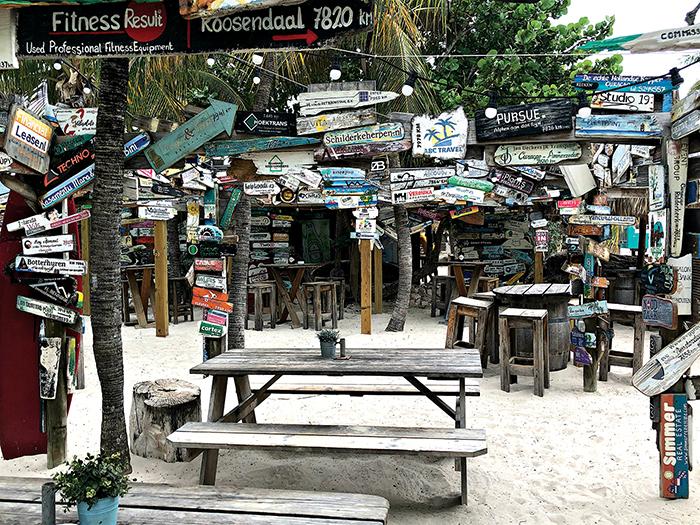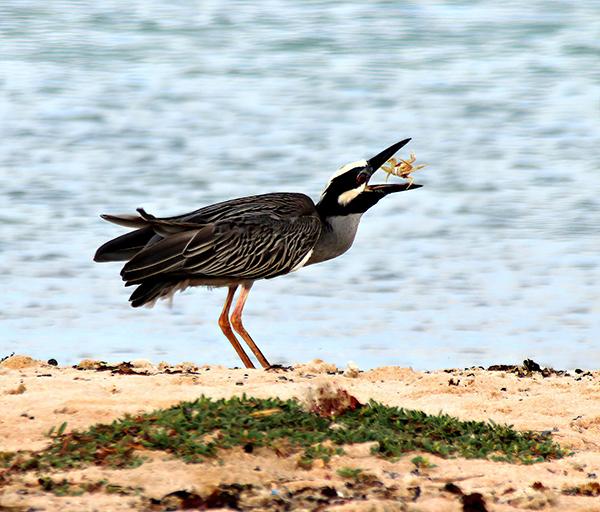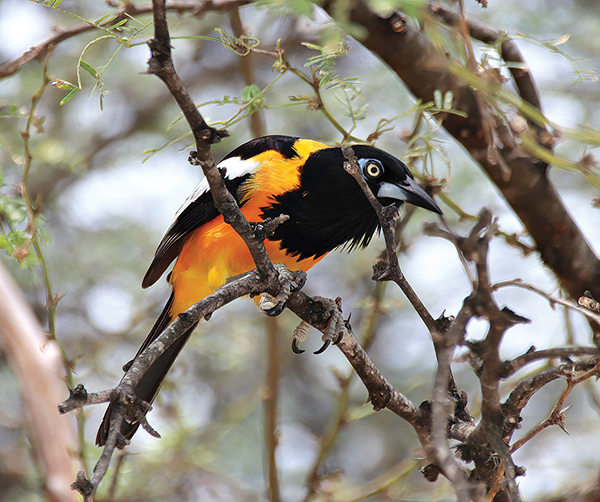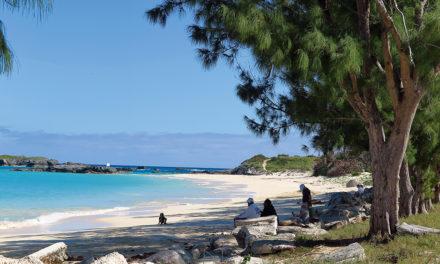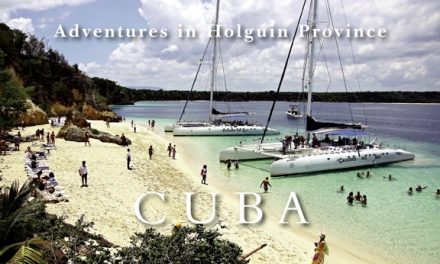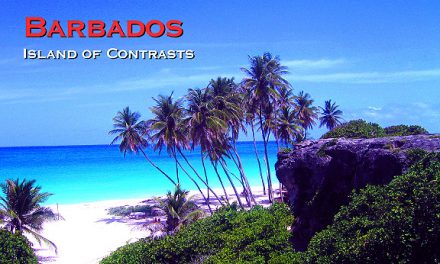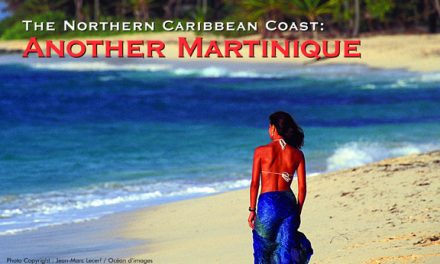Curacao
Feeling Curaçao
Article and photography by Steve Gillick
After visitors land at Curaçao airport, it takes only a few minutes to discover the slogan of the Curaçao Tourist Board, “Feel it for yourself.” And once they experience the people and the culture, along with pristine beaches, soothing turquoise waters, exhilarating national parks and an incredible culinary scene, visitors appreciate what it means to personally ‘feel the vibe’ on this exciting island.
It begins on arrival when you are honored with the Papiamentu (the language of the Dutch Caribbean) greeting, “Bon Bini na Dushi Curaçao”. “Welcome to lovely, beautiful, wonderful, Curaçao”. Dushi is one of those all-encompassing endearments. When you call someone Dushi, you really mean “sweetheart” or “sweety”. The giant “Dushi” sign can be found near the equally giant “Curaçao” sign in Queen Wilhemina Park, in Punda, the historic core of the capital city, Willemstad.
The freewheeling idea of ‘feeling it for yourself’ involves all the senses. When I mentioned the attraction of all-inclusive resorts to one of the locals, she told me about Westpoint, and asked, “What can be more all-inclusive than a holiday where you have beautiful green forests, caves, the unrestrained power of nature, plus birds, beaches, great food and sunshine”?
Westpoint is a 45-minute plus drive from Willemstad, depending on how many times you stop along the way to breathe in the gorgeous scenery. After crossing the Queen Juliana Bridge, spanning St. Anna Bay, we headed west, past the Three Brothers; three sedimentary hills popular with hikers and climbers.
Kas di Pal’i Maishi outdoor museum provides a glimpse of a 130-year-old slave house and insight into how many people lived on the island up to the 1950s. Evil spirits were kept at bay with a triple-row cactus fence, and if that didn’t work, the spirits would become ensnared in the curled feathers of the chicken, kept in the coop by the entrance. Interactive activities on our visit included carrying a pail of water on the head, and singing the gossip song “Kalim Bambeya”. This would have been sung by the wife while washing clothes and at the same time warning the neighbors that her husband was drinking and causing trouble by spying on them!
Curaçao has two national parks in the West end. Christoffel National Park surrounds Mt. Christoffel, the highest point on the island at 372 meters (1220 feet). The park is known for hiking, climbing, and nature (flowering plants, bromeliads, orchids, reptiles, mammals, and many of the 263 species of birds on the island).
We visited the second National Park, Shete Boca (‘seven mouths’, or ‘seven sea inlets’), and headed straight for Boca Pistol. With a sound like the crack of a fired pistol, the wild waves dramatically crash into this rocky inlet and explode into a misty spray. It’s is a great venue for videos and photos.
Our visit to Grote Knip Beach (one of two public beaches at Playa Kenepa) was much more serene. In 2017 this beach was included in Passport Magazine’s list of 25 of the most stunning beaches in the world. The picturesque rocky coastline hugs a small bay where turquoise waters blend into a white sand beach. And for nature lovers, the trees near the beach are home to the Troupial or Orange-breasted Oriole, the National Bird of Curaçao, as well as Yellow-breasted Orioles and Bananaquits. In addition, iguanas and crabs scamper amongst the rocks at the water’s edge. For relief from the sun, aside from a swim, indulge in a refreshing Yellow Watermelon smoothie.
And on that note, foodies will be enthralled with the mouth-watering food in Curaçao, especially the tuna! Our first lunch was at Restaurant & Café Gouverneur de Rouville, in the Otrobanda district of Willemstad. The Tuna Poke showcased large chunks of super-fresh tuna. So good! Another lunch stop at Brisa do Mar – Pop’s Place, offered perfectly grilled, pepper-crusted Tuna Steak.
Number Ten is one of the more popular places in the country. Liberty Suares, the owner noted “It’s more than just a restaurant, it’s an experience. It’s the setting, the vibe. Sitting outdoors, in the city centre. We wanted to bring something to Curaçao that will help the island grow”. Number Ten features great service and delicious, fun food. The Tuna Tacos are one of the star items on the menu!
We experienced a memorable dinner at BKLYN Gastrobar. Martin and Jessica van Ast, the owners, acknowledged that BKLYN fit into the diverse nature of Curaçao with foods that combine French, Mediterranean and Asian cuisine. As an example, Martin described the outstanding dish I had ordered; “Pan ku Patu (which is Papiamentu for Bread with Duck), is a brioche bun from a local artisanal bakery, with homemade kimchi, duck confit and Chinese 5 spice mayo”. I should mention that the shared plates of crispy coconut prawns, and Bao buns with tuna, kimchi, and passionfruit, were nothing short of addictive, as was the dessert of Banana Bread with caramel drizzle and eggnog ice cream.
For something totally different, the oldest bar on the island is the Netto Bar, famous for Green Rum. Our group explored historic Willemstad on an electric scooter tour. It was a bit stressful for this writer, who had only ridden a scooter once before in 1998! However, the Green Rum was the magic elixir to soothe my nerves! It was spicy, minty, and very tasty!
Another unique bar is located in the Ocean Encounter area of Willemstad. This neighborhood is popular with scuba divers and snorkelers. The Ocean Lens attraction allows visitors to spy on the underwater lives of Yellowtail Snappers, Trumpetfish, Smallmouth Grunts, and more. And the area is also home to the 4th largest submersible center in the world. As Barbara van Bebber, the Manager told us, “These are not glass-bottom boats! We go to unknown territories to discover the unknown depths of the sea”. A short walk away is Lionsdive Beach Bar (Chill & Grill), where upward of 1200 wooden signs enhance the drinking atmosphere. Try an ice-cold Brasa Gold Beer with lime.
And Curaçao offers more! We visited the Botanical Garden (Den Paradera) of Dinah Veeris and the nearby Aloe Plantation, to learn about natural healing plants. We sampled Blue Curaçao liqueur and then made our own cocktails at Landhuis Chobolobo. And if time permitted, we would have visited one of the Flamingo Sanctuaries, wandered through the Hato Caves, and spent more time in the UNESCO World Heritage center of Willemstad. But this was only the first visit, so there are lots of things to do next time!
‘Feeling Curaçao for yourself’ starts with friendly people encounters. I think of our endearing dushi tour guide Dewi Pomario, our activity guides, Brandon, Ryan and Barbara, and the many locals who greeted us with a smiling ‘Bon Dia!’
Feeling the Curaçao vibe extends to culture, history, beaches, food, and nature. It’s a very energizing and uplifting experience.

